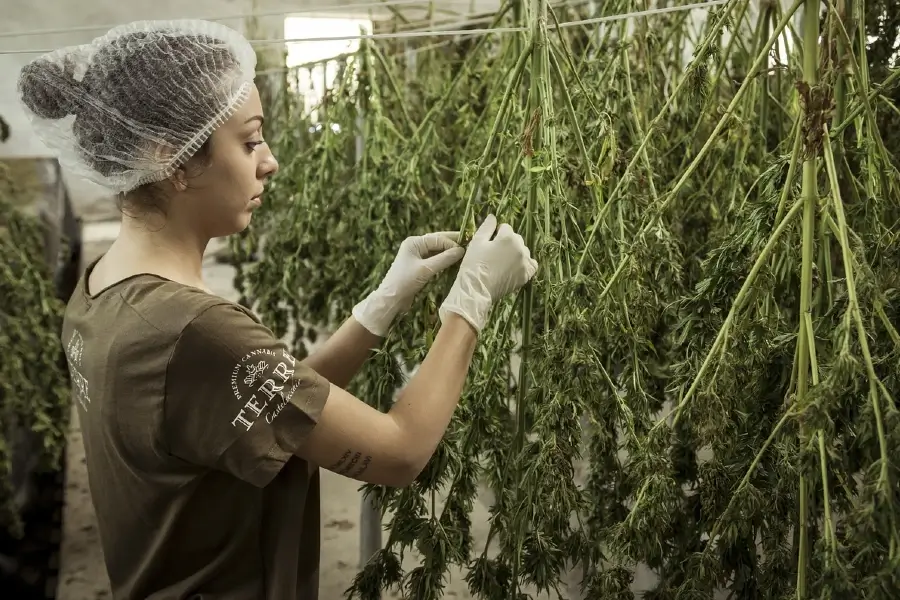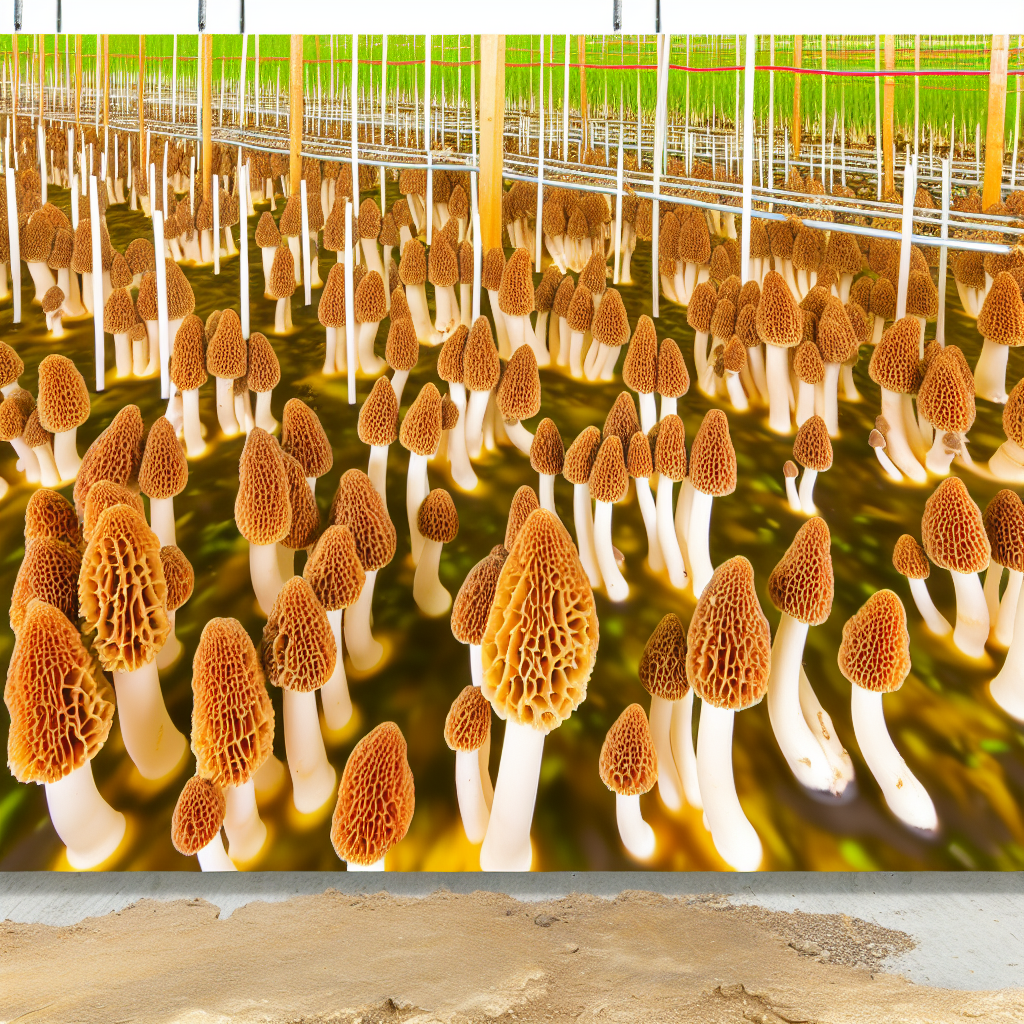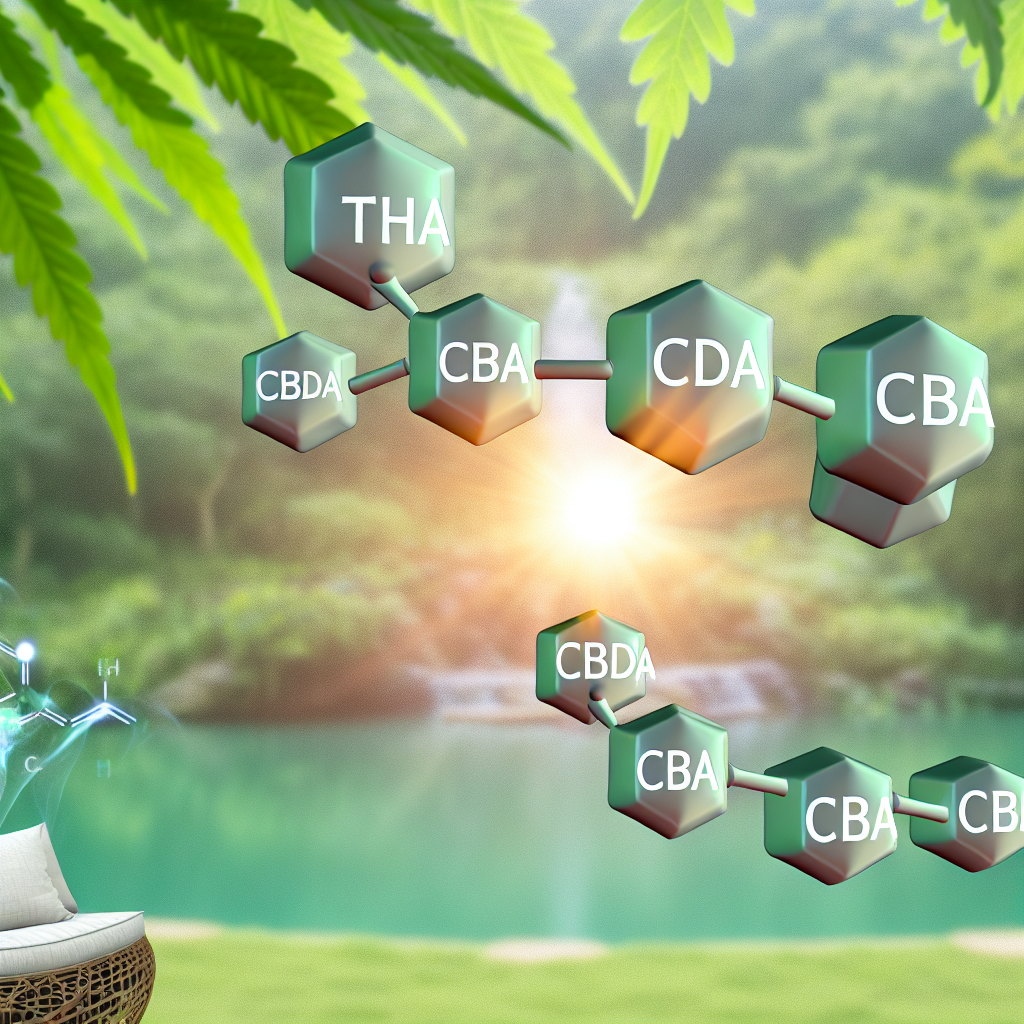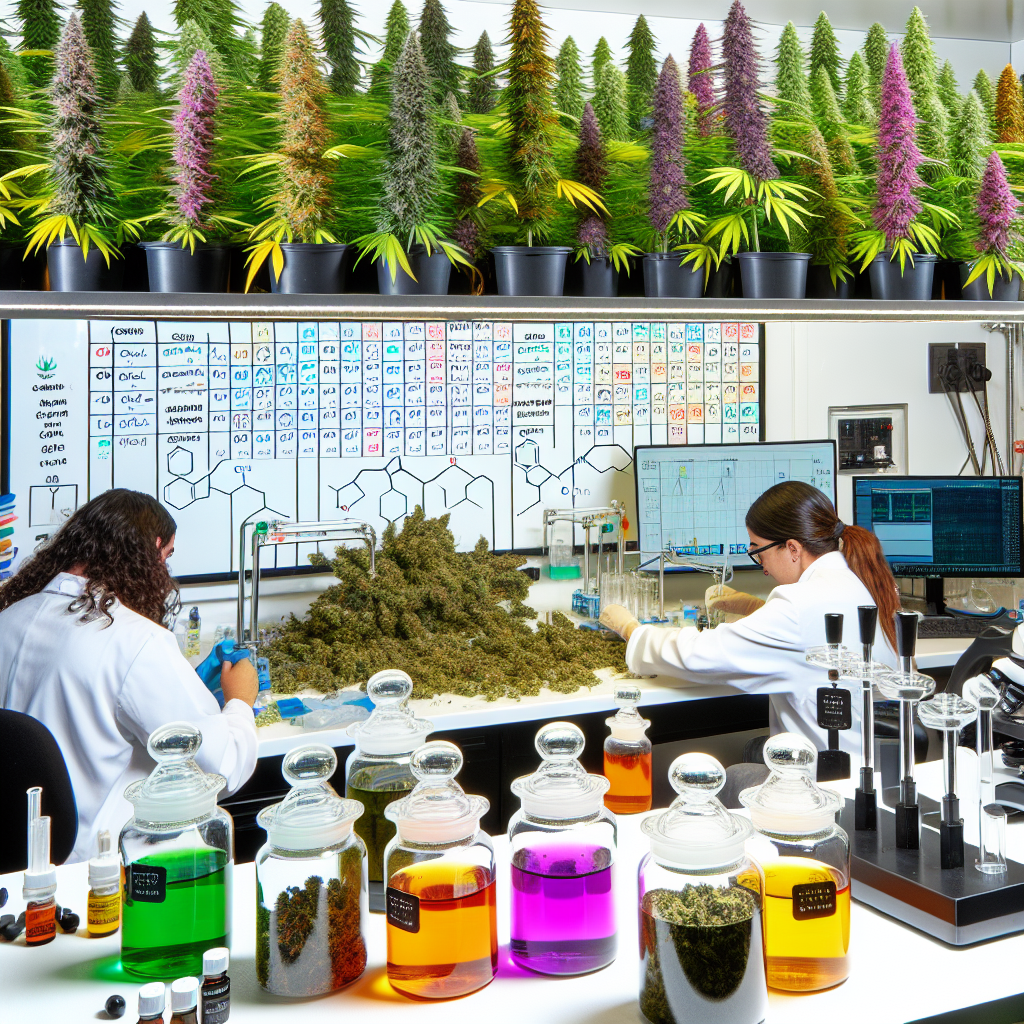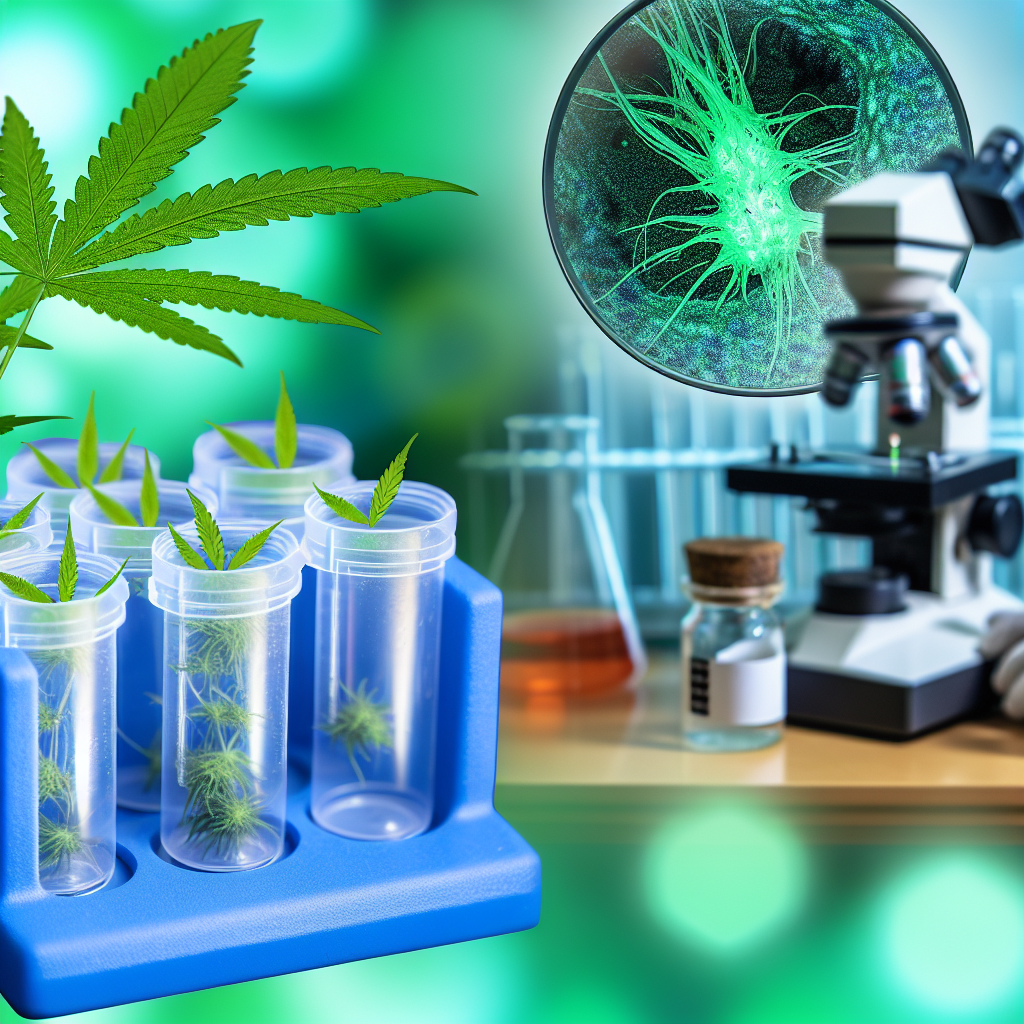Here are a few crucial factors to contemplate when maintaining a robust indoor cultivation environment; methods for cultivating cannabis indoors.
Illumination:
Light source: Indoor plants are an excellent means of introducing verdure and vitality into any environment. Nevertheless, they necessitate an alternative to sunshine, which is crucial for their development and existence. Fortunately, artificial grow lights are readily accessible in the market and can supply the essential light required for indoor plants to flourish.
The available types of grow lights include LED, fluorescent, and high-intensity discharge (HID) lamps. Each category has merits and drawbacks, which cultivators should carefully evaluate before deciding.
LED grow lights are characterized by their energy efficiency and low heat emission, making them well-suited for tiny areas and delicate plant species.
HID lights, in contrast, are the most potent and effective grow lights currently accessible.
Conversely, fluorescent lights are more affordable and provide a broader range of light, which makes them a favored option for novices.
HID lights, in contrast, are the most potent and effective grow lights currently accessible. They emit powerful illumination that can penetrate deeply into plants, stimulating their growth and advancement. Nevertheless, they can be costly and necessitate supplementary apparatus for adequate ventilation and cooling.
Selecting the appropriate grow light for indoor plants might be intimidating, although it is vital for their prosperity. Thorough research on the many types of grow lights available in the market is crucial to choosing the one that best fits your requirements.
Indoor plants have the potential to thrive and flourish.
When deciding on the best approach, consider factors such as the dimensions of your space, the specific plant species you intend to cultivate, and your financial resources.
To summarize, artificial grow lights are a superb alternative to natural sunlight and can significantly enhance the growth and well-being of indoor plants. It is imperative to conduct thorough research and carefully choose the most suitable lighting, whether LED, fluorescent, or HID, based on your requirements.
By utilizing an appropriate grow light, your indoor plants have the potential to thrive and flourish, enhancing the aesthetic appeal and vitality of your living area.
The blossoming stage typically necessitates a light/dark cycle of 12 hours of light and 12 hours of darkness.
Photoperiod: Cannabis plants usually require a specific photoperiod, consisting of alternating periods of light and darkness, depending on the growth stage. During the vegetative stage, it is optimal for them to receive approximately 18 hours of light and 6 hours of darkness. The blossoming stage typically necessitates a light/dark cycle of 12 hours of light and 12 hours of darkness.
Climate conditions: temperature and humidity levels.
Temperature: Indoor plants often flourish in a moderate temperature range, typically ranging from 68-77°F (20-25°C) during the vegetative stage and 65-85°F (18-29°C) during blooming.
Humidity: It is crucial to maintain appropriate humidity levels. Seedlings and plants in their early stages of growth typically have improved growth and development when exposed to elevated humidity levels, typically ranging from 60% to 70%. Reducing humidity to 40-50% during blossoming can inhibit mold growth.
Adequate ventilation and air circulation.
Ventilation: Adequate ventilation removes stagnant air, excessive moisture, and heat. Additionally, it provides a fresh supply of carbon dioxide (CO2), which, when regulated appropriately, might be advantageous for plant growth. Optimal air circulation is essential for preventing the formation of stagnant air pockets and ensuring uniform growth across the plant.
Nutrition and irrigation: Indoor plants demand appropriate nutrients to ensure robust growth. Many cultivators employ hydroponic systems or utilize specialty nutrients specifically designed for indoor plants. It is crucial to conduct thorough research on the specific requirements of the plant variety you have selected.
Watering: Excessive watering can harm indoor plants. The watering frequency will vary based on factors such as the dimensions of the plant and pot, as well as the humidity and temperature levels. It is optimal to let the uppermost layer of soil dry somewhat before watering again.
Further factors to take into account:
Surveillance: Consistently surveilling variables like temperature, humidity, and pH levels is essential for upholding ideal growing circumstances.
Cannabis Varieties: Various strains of cannabis may possess distinct requirements. Researching the unique requirements of the strain you selected can be beneficial.
Keep in mind: Before engaging in any cannabis cultivation, it is imperative to thoroughly verify the legal status of such activities in your locality. This information pertains to the overall growth of indoor plants and should not be considered a replacement for expert advice on cultivating cannabis.
